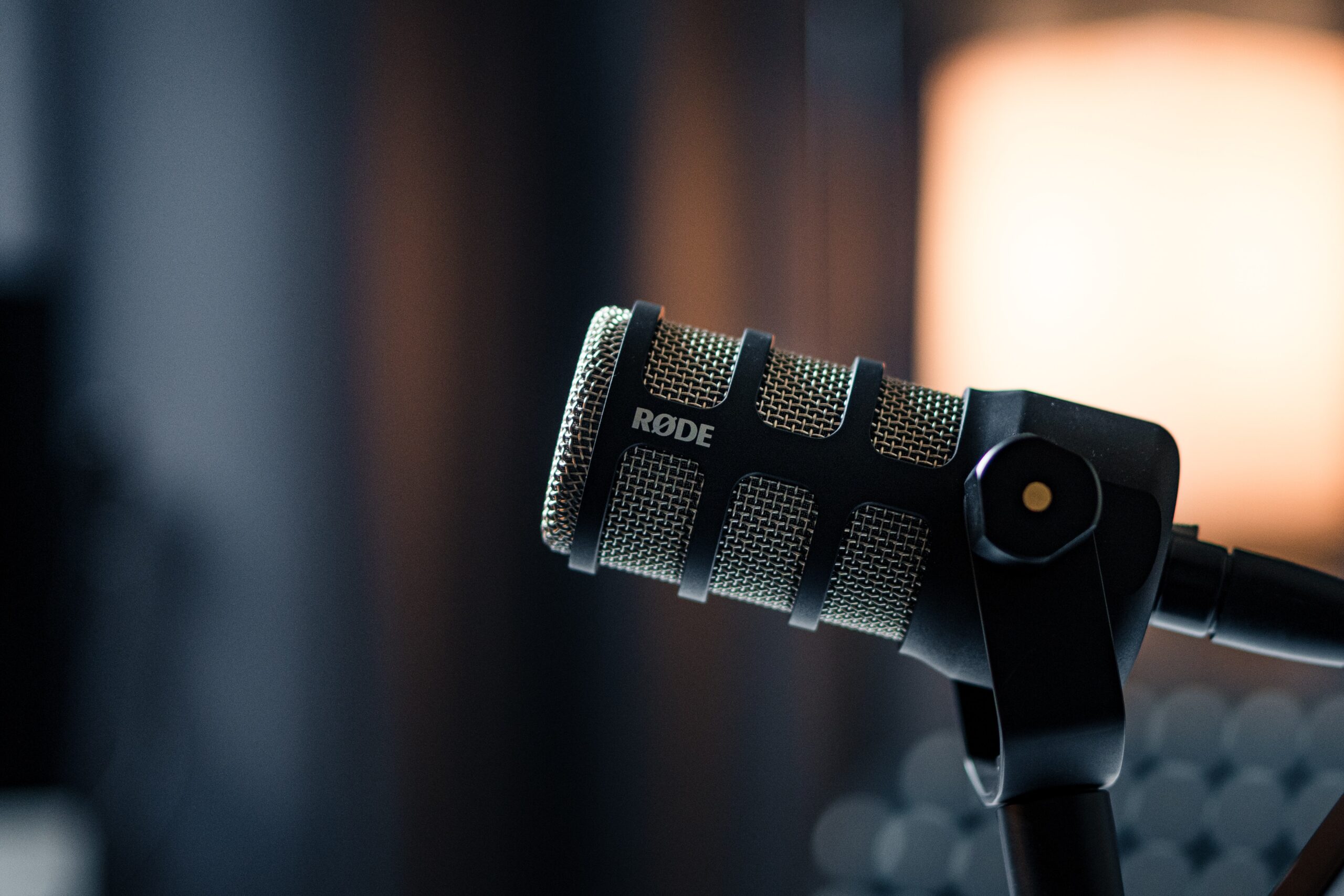Drop the Mic: Podcasting as Strategic Business Tool
The podcast industry? It’s saturated. More influencers—from Joe Rogan to Bill Gates to Kim Kardashian to Michelle Obama to Oprah—have now gotten into podcasting. Individuals like these with large followings already have a built-in audience from Day 1. This means people are listening to them long before they hop on a podcast mic.
In the meantime, podcasts are now becoming something many companies, organizations, and everyday people from all walks of life either have their eye on starting or have started already. (If you don’t, perhaps you’re an avid podcast consumer instead.)
Done right, a podcast is a smart strategic business tool and a means of showcasing your (highly curated) industry views, your company impact, and what makes your work worth paying attention to, anyway.
So, how can you start a podcast that people want to listen to that stands out amidst the noise? Here are three tips to turn a podcast into a strategic business tool:
1. Understand what the competition is doing so your show doesn’t get lost in the shuffle.
No matter where you are in the podcast process—whether you’ve published shows already or are still thinking of a cool podcast name and concept—take a step back. What does your competition look like?
Consider, for instance, how your podcast content can stand out from what’s already being published by similar voices and organizations.
Since there are so many podcasts out there already, and it is very likely there’s already a show (or two or three) out there just like the one you’re thinking of starting, seeing what exists today may help you identify where white space will lie tomorrow.
For example, say you’re a physician leader at a well-known healthcare organization and you’d like your podcast to cover COVID-19 vaccine news. What’s already being said about this topic online by other like-minded experts who people already have come to trust? What is something not yet well-covered or well-understood your show can cover? There can be overlap, and it’s not necessarily about reinventing the wheel with each episode, but as long as you take the time to make the show truly unique, you’re on the right path to building authentic and organic followers.
On that note, what’s in a name? A lot. This is indeed why some companies have their company logo or name or even the host’s photo on the podcast art. It’s a way to help guide the listener to the right place, or at least intrigue them while browsing for a show, when they all kind of feel the same at first glance.
Ask yourself:
- How can our show impact the industry we’re in short-term and long-term?
- What’s our authentic voice and mission?
- Why should people feel compelled to listen to our show versus what’s already out there?
- How can our show feel different from what’s already being produced?
2. Identify how you will engage people early on in an episode so they stay to hear more.
The beginning of the show (the first 20 seconds or so) is truly the most important. This part is not an afterthought where any old boilerplate intro will do. The music, the tone of someone’s voice, whether or not you have a narrator or voice actor on hand, and just generally how you wish to start the show off style-wise must all be considered.
Just like you’d perhaps expect a podcast intro about a steampunk mystery comedy hosted by a 79-year-old ex-heart surgeon living in rural Kentucky to feel different than one about the business of artificial intelligence innovation hosted by a 24-year-old venture capitalist expert living in urban California, consider how all the pieces of your intro build the right narrative. You’re just writing and performing an old-fashioned radio show when it comes down to it. Have fun!
Ask yourself:
- What podcast intros do I like? How can we mirror that?
- What information do we want people to consume right up front?
- If people just listened to the first 20 seconds or so of the show, what would they come away with knowing?
- What about our show’s purpose is most important for people to know upfront?
3. Figure out who the best voices and faces behind your show could (and should) be.
Choosing both hosts and guests carefully ensures shows are interesting to listen to.
Try and find online videos of potential guests to do your pre-screen, then see if you enjoy their speaking style and what they have to say. Locate hosts who are smart listeners as well as speakers and who can improv well on the fly during a live recording.
Ask yourself:
- Is this person enjoyable to listen to for long periods?
- What is this person most passionate about where they can kind of ignore the script and chat heart-to-heart in a polished manner?
- Could I hear this person talk for a full hour and not get bored?
- Is this person raising new ideas for me I haven’t yet thought about, even if I’m an expert in this field?
The podcast industry? It’s saturated. But it doesn’t mean all the best ideas are taken. It just means it’s an exciting time to put your unique mark on an industry bustling with untapped potential.
By Jacqueline DiChiara
Photo by dlxmedia.hu on Pexels
